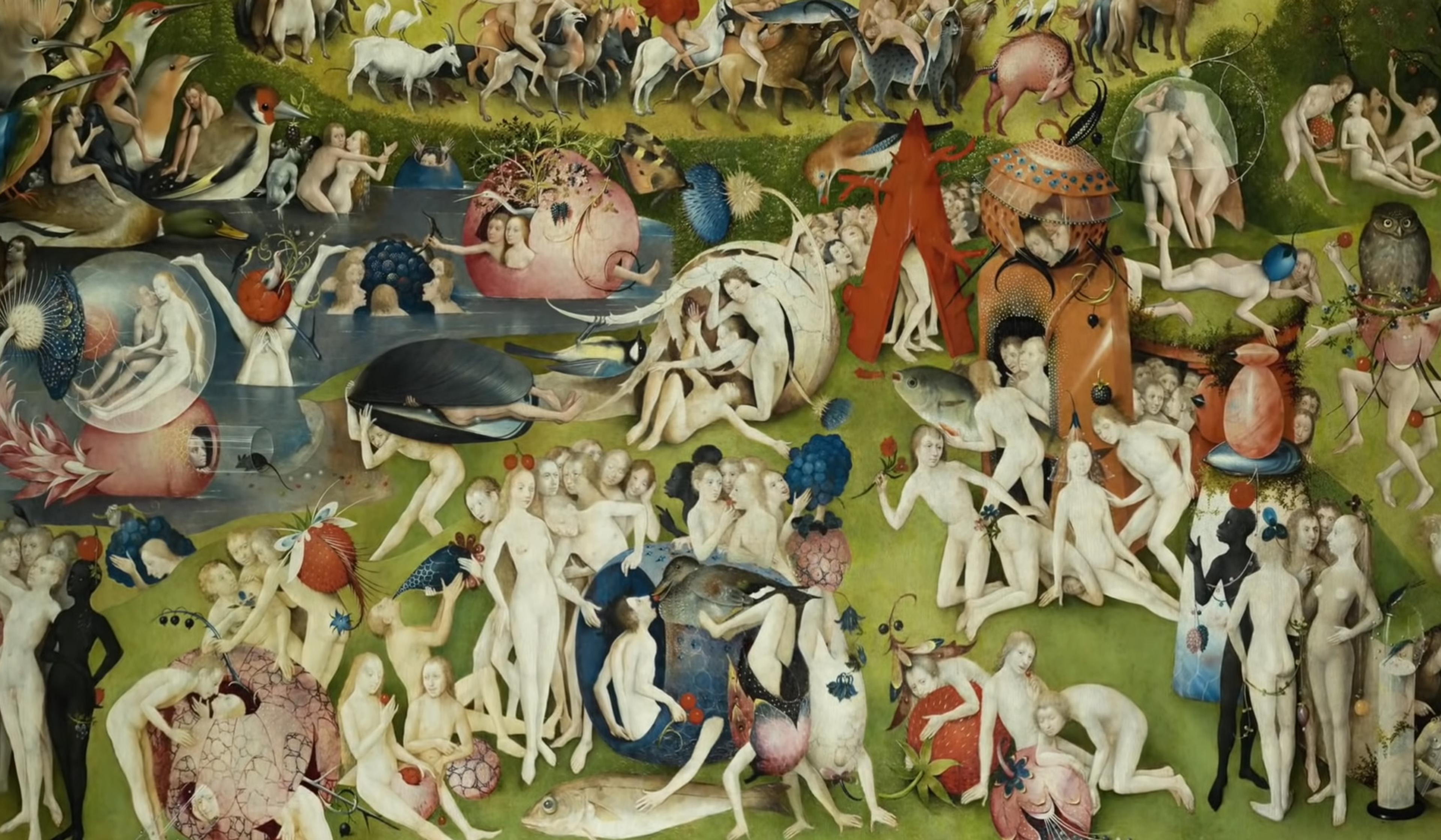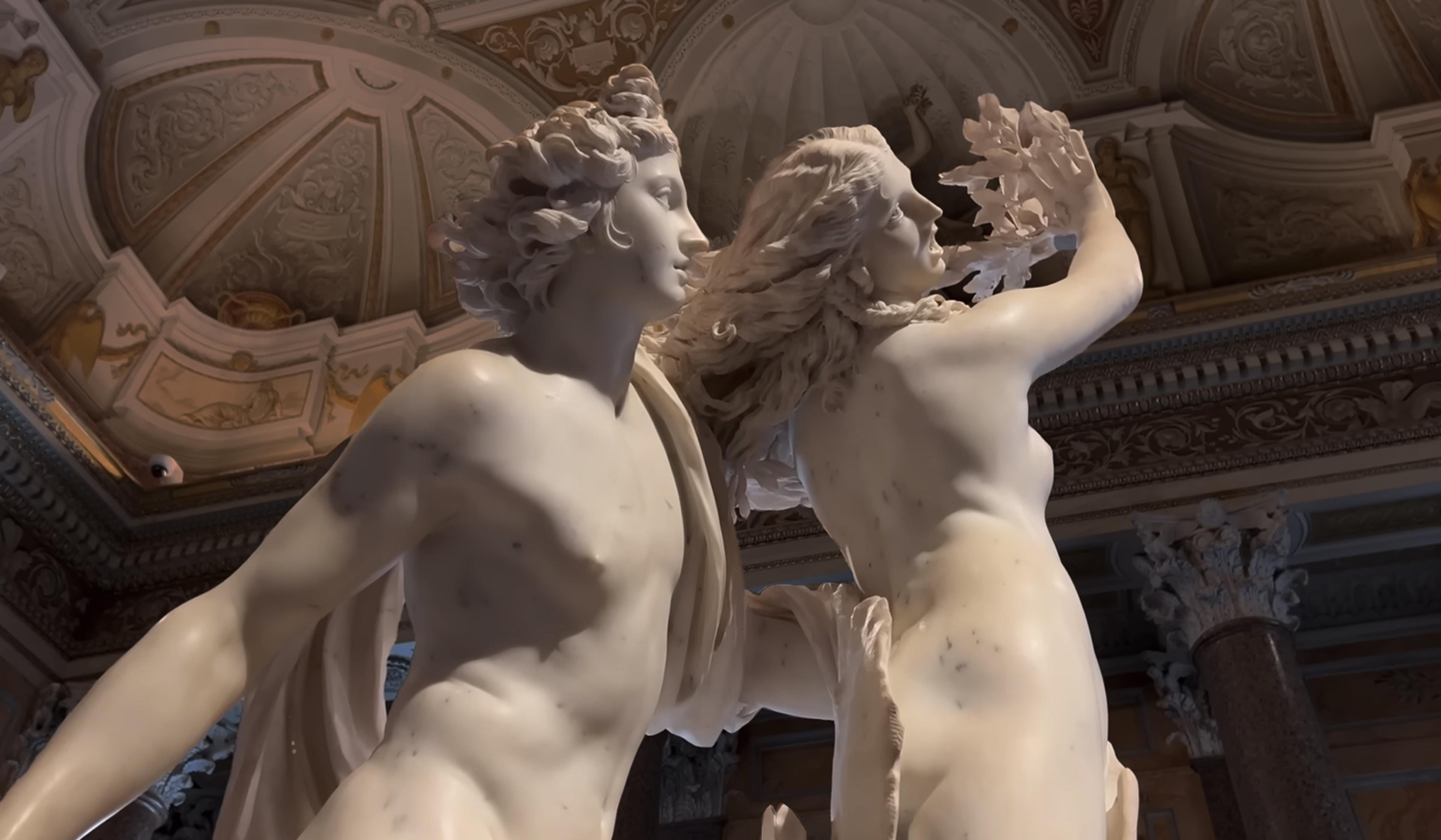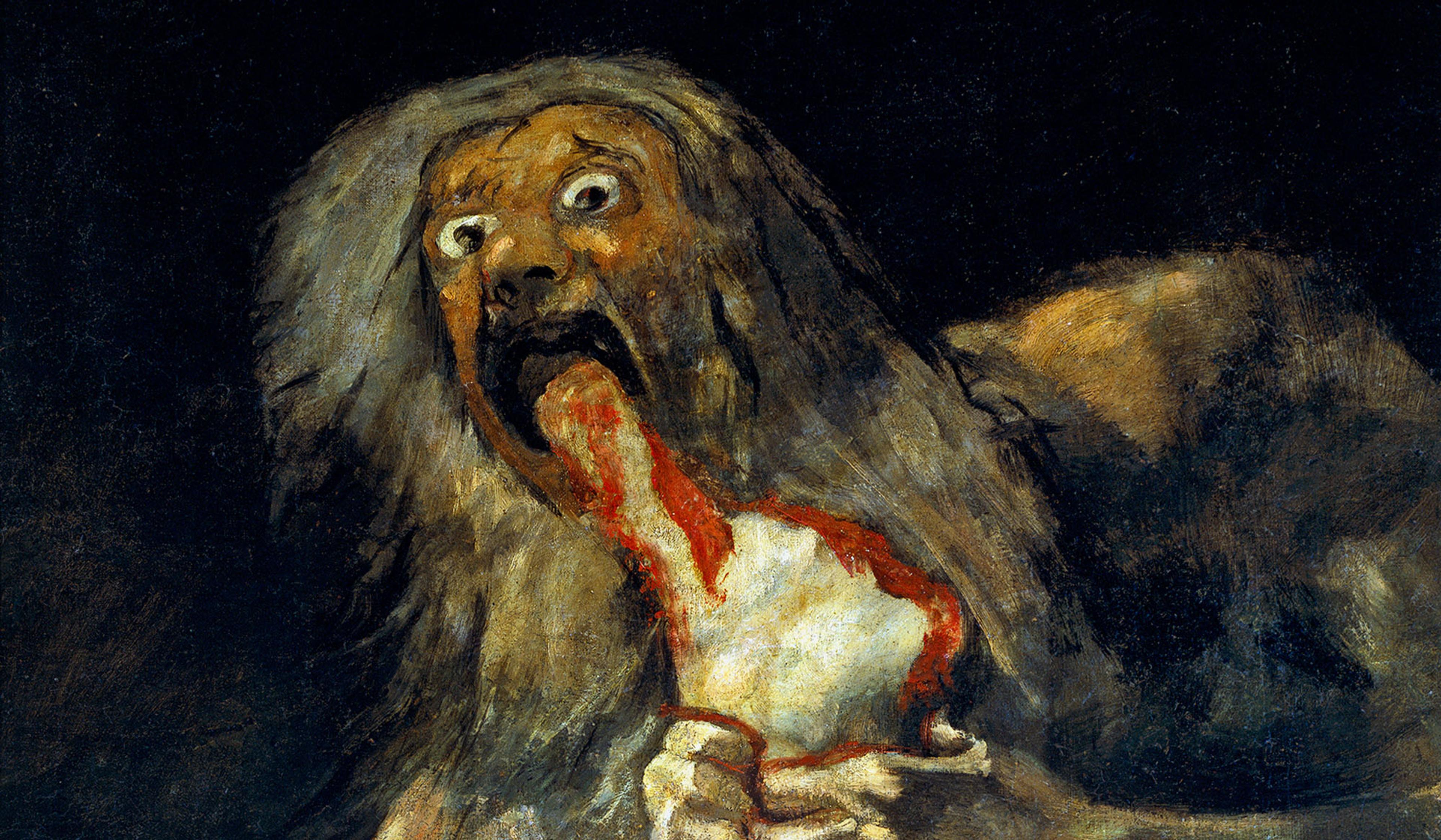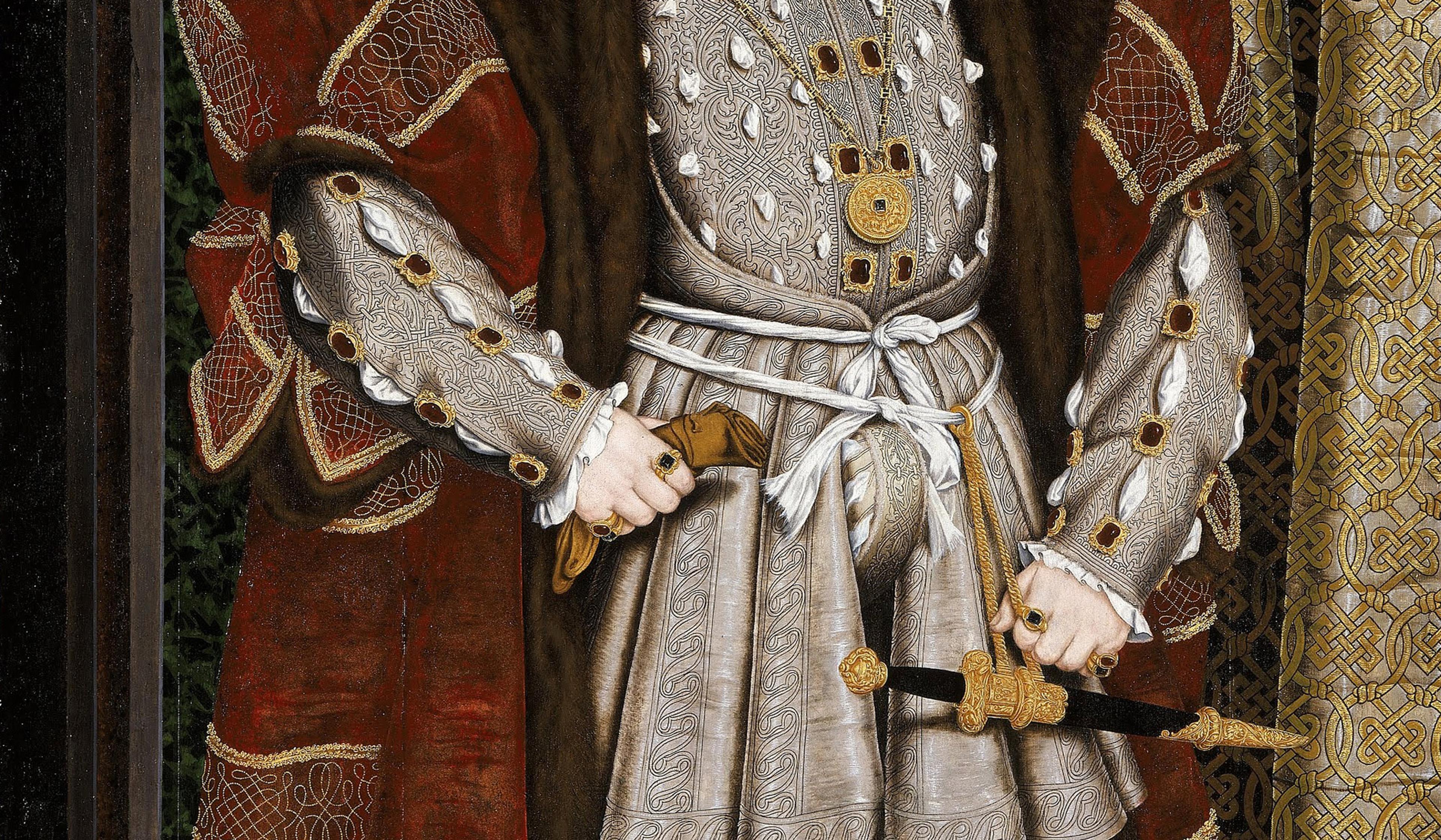With its striking depiction of the classical goddess of love and fertility at its centre, Sandro Botticelli’s The Birth of Venus (c1485) is one of the most famous and influential Renaissance artworks. And, as the UK curator, gallerist and video essayist James Payne details in this instalment from his series Great Art Explained, Botticelli’s painting is more than just masterful. Rather, with its preternatural style, depiction of female nudity and non-Christian imagery, it represented a turning point in the history of Western art. Detailing the social forces that made the painting possible, as well as Botticelli’s techniques and motifs, Payne explores how the revolutionary work melded humanist philosophy with contemporary Christianity.
More than breathtaking, ‘The Birth of Venus’ signalled an aesthetic revolution
Video by Great Art Explained
26 February 2024

videoHistory of ideas
How to read ‘The School of Athens’ – a triumph of Renaissance art
25 minutes

videoArt
Grotesque imagery meets religious conservatism in Hieronymus Bosch’s art
51 minutes

videoBeauty and aesthetics
Not just a meme, but a masterpiece – why the Mona Lisa earns its exalted place in art
33 minutes

videoArt
Creating art that was aware of itself – and the viewer – made Manet the first modernist
15 minutes

videoArt
The overlooked polymath whose theatrical oeuvre made all of Rome a stage
30 minutes

videoArt
Why Diego Velázquez needed a lifetime to paint his enigmatic masterpiece
31 minutes


